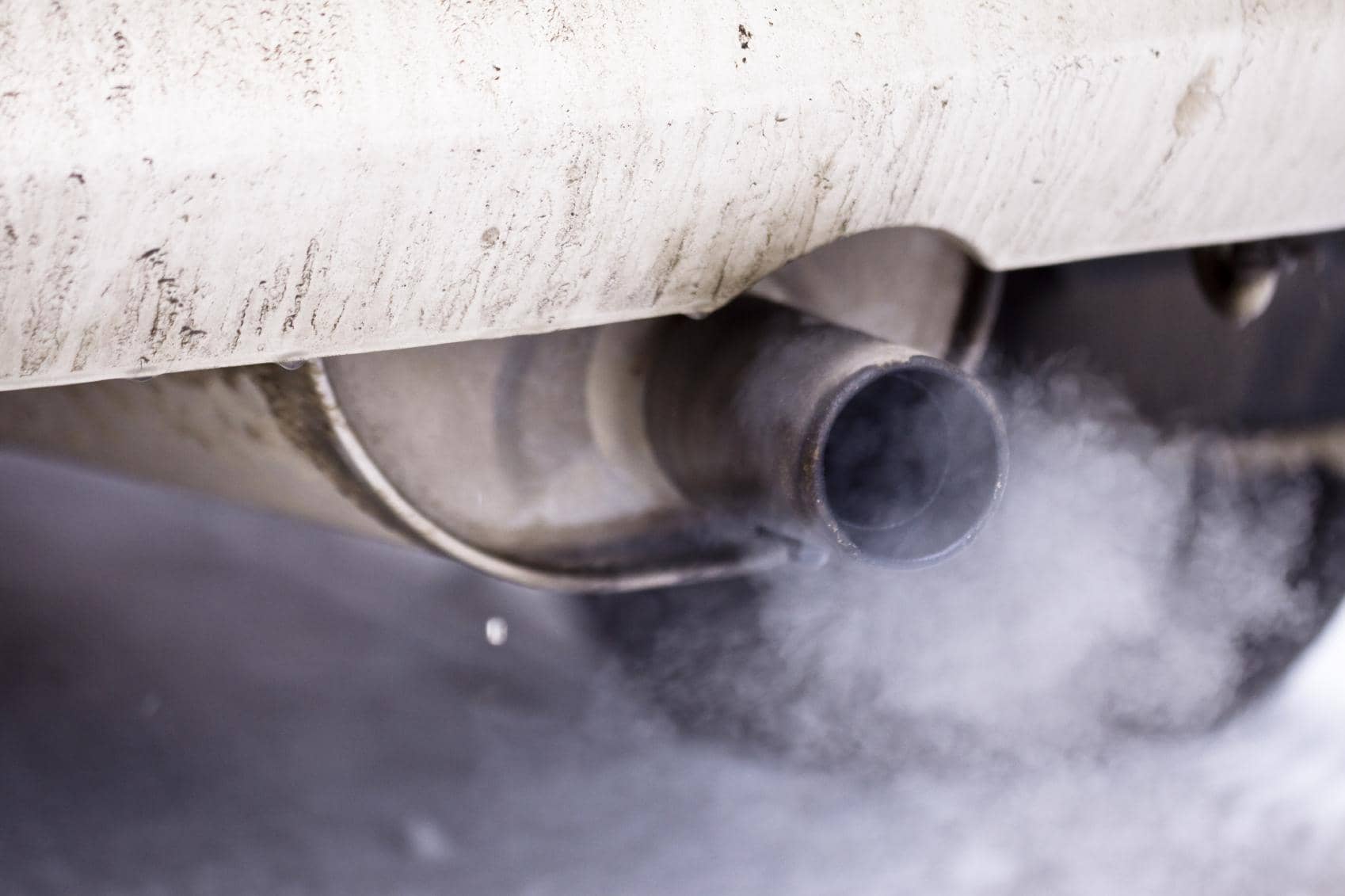Use of renewable energies is not just a new trend but the need of the time where climate change is threatening our existence and the fossil fuels are running short. A team of physicists from the Washington State University just developed a device that converts car exhaust into renewable energy. The development is a huge advancement in the field of thermoelectrics that deals with converting heat into alternative energy forms.
The team succeeded to develop the van der Waals Schottky diode that turns heat into electricity with almost three times more efficiency than silicon. The diode is made with a unique composite material that converts waste heat into electric current that can be stored.
The light emitting diodes (LEDs) and Schottky diodes are the two most common types of diodes where metal is joined with a semiconductor material to convert heat or light into electricity. Despite both the types being industry standards, they have quite a lot of limitations when it comes to energy conversion. According to the Mathew McCluskey, the co-author,
“When you attach a metal to a semiconductor material like silicon to form a Schottky diode, there are always some defects that form at the interface. These imperfections trap electrons, impeding the flow of electricity.”
The van der Waals Schottky is an improvement to the traditional Schottky diode. The key difference lies in the material that replaces silicon. It is a crystalline compound called Indium Selenide (InSe); it’s one layer works as metal while the other one can function as a semiconductor. This eliminates the problems of the metal and semiconductor interface.
Yi Gu, the lead researcher of the team, has high hopes for the future applications of this technology. He says,
“In the future, one layer could be attached to something hot like a car exhaust or a computer motor and another to a surface at room temperature. The diode would then use the heat differential between the two surfaces to create an electric current that could be stored in a battery and used when needed.”
The research titled “Phase-Defined van der Waals Schottky Junctions with Significantly Enhanced Thermoelectric Properties” was published in the Journal Of Physical Chemistry Letters in June 2017.
The global human population is growing, and our natural resources are depleting. The situation may soon turn into a global energy crisis. The only way to deal with it is by harvesting energy from all of the possible sources. Many researchers around the world are working on renewable energies, and the van der Waals Schottky diode is a considerable step along the way.


